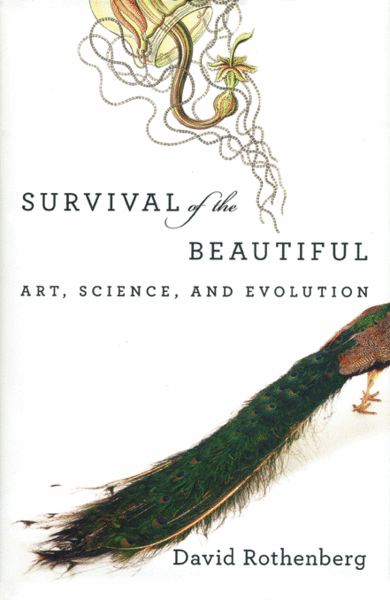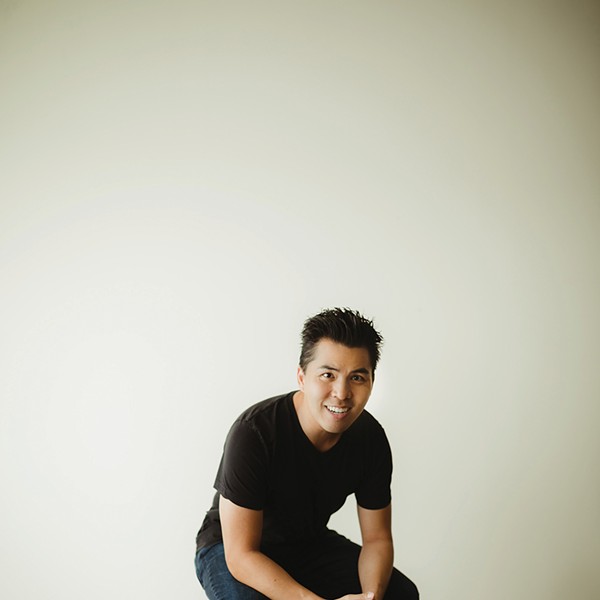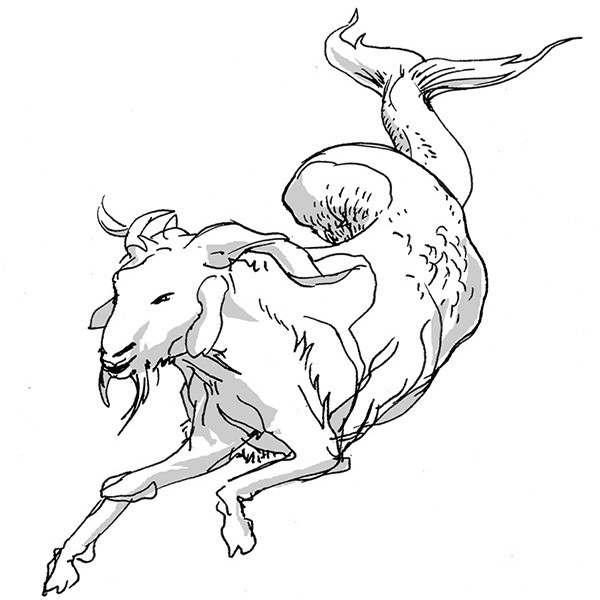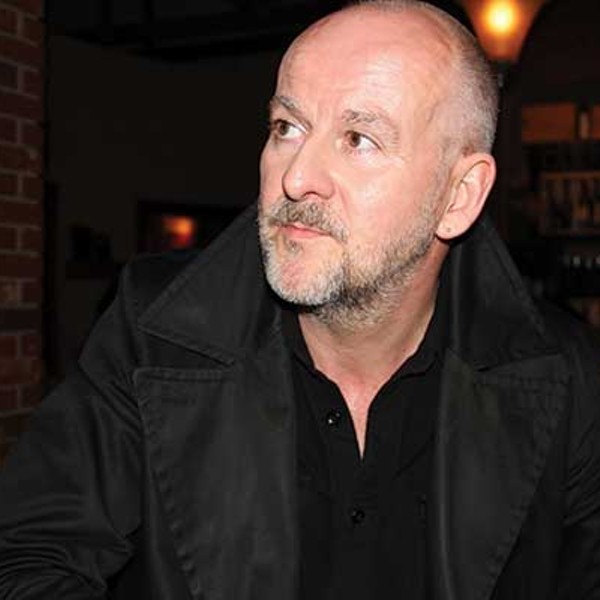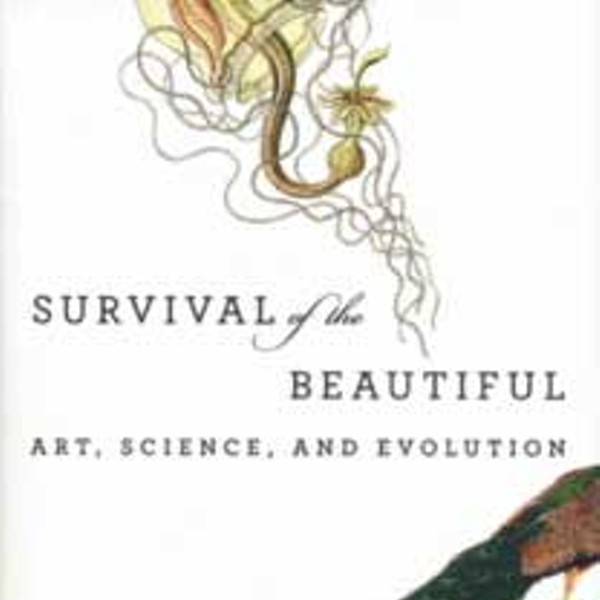Survival of the Beautiful: Art, Science, and Evolution
David Rothenberg
Bloomsbury Press, 2011, $30
David Rothenberg
Bloomsbury Press, 2011, $30
Philosopher, clarinetist, and Cold Spring resident David Rothenberg has done much to demonstrate that respect for animals can go beyond a humane sense of fairness. Known for his musical collaborations with songbirds and whales, Rothenberg began his far-reaching new book, Survival of the Beautiful, upon a realization about previous field recordings. He noticed that the mating songs of the nightingale and the humpback, though differing in tempo and register, were unmistakably alike in pattern. That this congruence should occur across such a far stretch of the animal kingdom posed a contradiction to our understanding of Darwinian process, leading Rothenberg to examine the scientifically radical notion that there are aesthetic decisions, and even aesthetic commonalities, at the heart of all life.
In discussing the Australian bowerbird, which erects intricate, wildly decorated structures in his effort to attract a mate, Rothenberg points out that land artists such as Andy Goldsworthy, who makes sculptural works of twigs, moss, and icicles, have helped us recognize the merits and artistic intentionality of the bowerbird’s objects. Trends in art and in evolutionary theory are loosely intertwined in Rothenberg’s inquiry. Readers may come to sense that the contemporary importance of Jackson Pollack is that he has enabled our species’ appreciation of Siri the elephant, whose abstract drawings prompted Willem de Kooning to remark, “That’s a damn talented elephant. I look forward to following his career.” Rothenberg is not really that far out on a limb as a post-humanist aesthete, and it is clear his conjectures garner some support in the scientific community. He gives special attention to the research of Yale biologist Richard Prum, who asserts, “If we really think about what we know about bird song, we would eliminate any definition of art as a human enterprise alone.”
No stranger to other biotic art worlds, Rothenberg also happens to be very engaged in ours. Art followers may be impressed when he tells of participating in the 2007 Tino Seghal piece, The Situation, based on Guy Debord’s influential Situationist movement. But when he applies the term “relational aesthetics”—a mainstay of exhibition catalog writing—to interspecies projects, one worries the philosopher may be losing his bearings. Rothenberg’s range is nonetheless reassuring, and he seems uniquely qualified to be herald and interlocutor for the present convergence of biology and art. He writes with feeling and ease, as evidenced in his take on a work by Alexander Ross, one of several 21st-century artists inspired by the microbe illustrations of 19th-century evolution enthusiast Ernst Haeckel: “Its hand-drawn forms inspired by life but doggedly abstract, with a fattened sense of whimsy.”
Polemical battles in art may be a thing of the past; perhaps, as the author suggests, because “we’re too sorry for ourselves and what we’ve done to the planet.” The emerging eco-diverse scene, in fact, promises to wash away the relics of absolutist discourse. In evolutionary science, however, the terrain remains fierce. The opinion that the peacock’s tail has an adaptive purpose—albeit a difficult to fathom one—is still prevalent. The hypotheses of selection that we learned in college—for example, that males compete against males, with female creative input being nil—are now ripe for the revision that Rothenberg hopes to provoke: “There is meaning in nature far beyond use; there is form and beauty far beyond function.”







